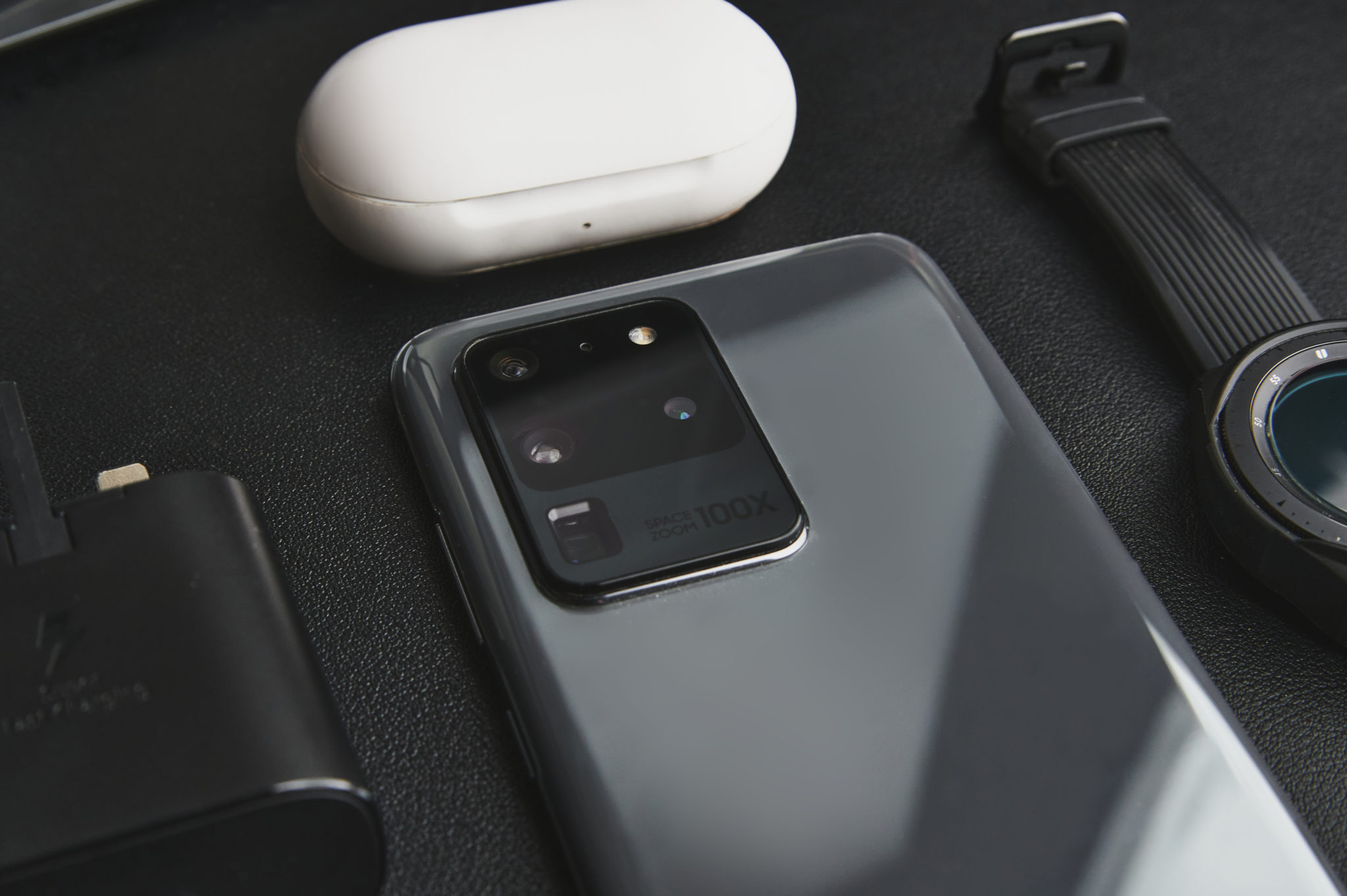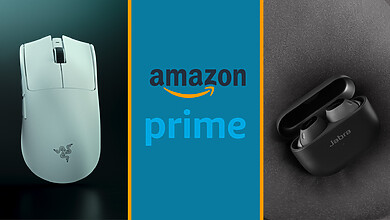Desire for the latest technology has proven to be something of a frustrating aspect for tech enthusiasts, especially in recent times. Every year, phone manufacturers release their flagship phones to the market; each update generally only bringing minor changes or tweaks (such as a slightly bigger battery or screen).
Phones are now on their 11th iteration though, and these changes are now more clearly defined compared to the phones of yesteryears. The Samsung S20 Ultra 5G is one such example, even going as far as to say that the leap is another 10 generations ahead in its namesake. But is it worth the purchase and upgrade?
One thing to preface before getting into the specifics of the phone is the actual 5G aspect of the Samsung S20 Ultra 5G. While it is 5G capable, Singapore has yet to implement it among telcos, meaning that testing out its performance is impossible as of now. There’s still value to be had though in future-proofing yourself when 5G does come into prominence by the end of 2022.
We start the conversation first on what exactly is different aesthetically from the S20 Ultra 5G compared to its predecessor the S10 series. The front camera layout no longer resembles the pill-shaped cut-out from before, instead incorporating what the Note 10 has used for their front cameras. The rear camera also now has a cubic layout compared to the S10’s horizontal set-up.

But let’s take a deeper look at what the flagship S20 Ultra 5G model has to offer. Immediately noticeable is its huge screen measuring at 6.9 inches — dwarfing its S20 brothers and even many other smartphones right now in 2020.
That may appear to be all it is, a big screen, but it is also a display capable of running at a refresh rate of 120 Hz; double than usual 60 Hz seen in other phones. Benefits include smoother animations on a variety of things like scrolling through social media or playing games.
And the experience really does reinstate the “Ultra” in its name. Using the phone is snappy, particularly when playing games. Playing games like PUBG, Call Of Duty Mobile and Mobile Legends felt extremely smooth with no stuttering even on the highest settings. However, some games are not yet able to support the full 120 Hz refresh rate, so you may not feel the full benefits. It may yet come in future updates, but for now you will at least experience less stuttering when playing those games.
Using the 120 Hz refresh rate does come at the caveat of decreased battery life, but fortunately my experience has seen minimal difference compared to the normal 60 Hz. Having set the display to always be on 120 Hz and max performance, the S20 Ultra 5G’s 5000 mAh still lasted almost a full day of usage; more than sufficient for my use. Using social media, playing music, the occasional game session as well as video content consumption, the phone held on impressively well despite the intense load. And once you’ve tried the 120 Hz refresh rate, there is little reason to go back 60 Hz.
As one inclusion is rejoiced, another’s removal elicits the same feeling. There is no longer a physical Bixby button on the sides of the phone, instead it has been integrated into the power button as an additional function. It’s absence might have been the cause of the new placement of the volume buttons, which is now located on the right side. It’s new placement is something that threw me off for a little while but I slowly came to grips with it and after a few hours using it, it is now second nature for me.
The same can’t be said for the camera bump. It is large and makes it uncomfortable to hold the phone speaking as a person with relatively large hands. I’ll also inadvertently end up grazing across the camera bump which will smudge the lens. It’s an experience personal to me though, and you may not even encounter this issue depending on how big your hand is or how you hold your phone normally.

Rather, you might be more concerned with the longevity of the camera bump. There have been reports of it being scratched, even completely shattered just by putting it down. The unit I’ve received was scratched itself when it arrived, and it’s no fun having anxiety over just laying down your phone. Something that could ease your mind is getting a phone case for it; there are plenty that are thick enough to protect your smartphone. But it’s just another cost to an already expensive phone.
One thing that Samsung brought forward from the S10 line up to the S20 Ultra 5G is the ultrasonic fingerprint scanner, though I’ve noticed only a 50% success rate on detection, which may annoy you somewhat. Alternatively you can turn to using the Face Recognition unlock, but from personal experiences, it takes longer and is less reliable than Apple’s Face ID.

A special feature that makes this phone stand out is Samsung Dex. The Samsung S20 Ultra 5G itself has such powerful internals, and using Dex with it feels akin to a light notebook. You still minimally require a monitor for Dex to even run, but more options like the third-party Nexdock are coming out and offering different and cheaper options so that the Samsung S20 Ultra 5G can realistically be a notebook replacement.

Finally, we get into the Samsung S20 Ultra 5G’s cameras. It has 3 cameras at the back — a 12 MP wide-angle, 108 MP Ultra wide-angle and a 48 MP telephoto lens — and the image quality produced by them is nothing short of amazing. The high megapixel count and great dynamic range offered by the cameras proves that this is a flagship product by Samsung.

There is a big issue worth pointing out that I and many other reviewers have faced when testing the phone. Samsung has opted to use a larger camera sensor for the S20 Ultra 5G compared to other phones in the market. This means that while you do get less image noise and more background separation (bokeh/background blur), the camera has a struggle with focusing at times.
This leads to encountering instances when taking photos with the phone where the camera starts to focus hunt — going in and out of focus but ending up completely out of focus nonetheless; forcing you to tap it and allow it to reattempt its focus. There are no fixes for it at the moment, but I believe a firmware update could help with solving or mitigating this issue.
“Space Zoom” is one of the main highlights that Samsung is touting with the S20 Ultra series; a whopping 100x magnification. How it is achieved is the camera zooms in optically up till 30x and then digitally zooms in until 100x. Specifically, upon reaching 30x zoom, the phone crops in the image to reach the 100x magnification.

How does this translate in reality? Well, for images taken within the 30x zoom, it looks good with little to no fringing. Beyond that though, images start to look soft with severe fringing. While you may be able to tell what something is roughly, the severe loss in detail is such that words or symbols are almost unrecognisable. 100x zoom is merely a bonus rather than something you would buy the Samsung S20 Ultra 5G for — it works, but you won’t really use it every day.
The Samsung S20 Ultra 5G can be summed up in two words — the best. Impressive battery life, amazing performance, huge display, and great camera performance; it ticks all the boxes of what anyone could want in a phone. It could yet be usurped by other phones, even by its cousin, the Note series, but right now the S20 Ultra 5G is the best phone that one can get.




